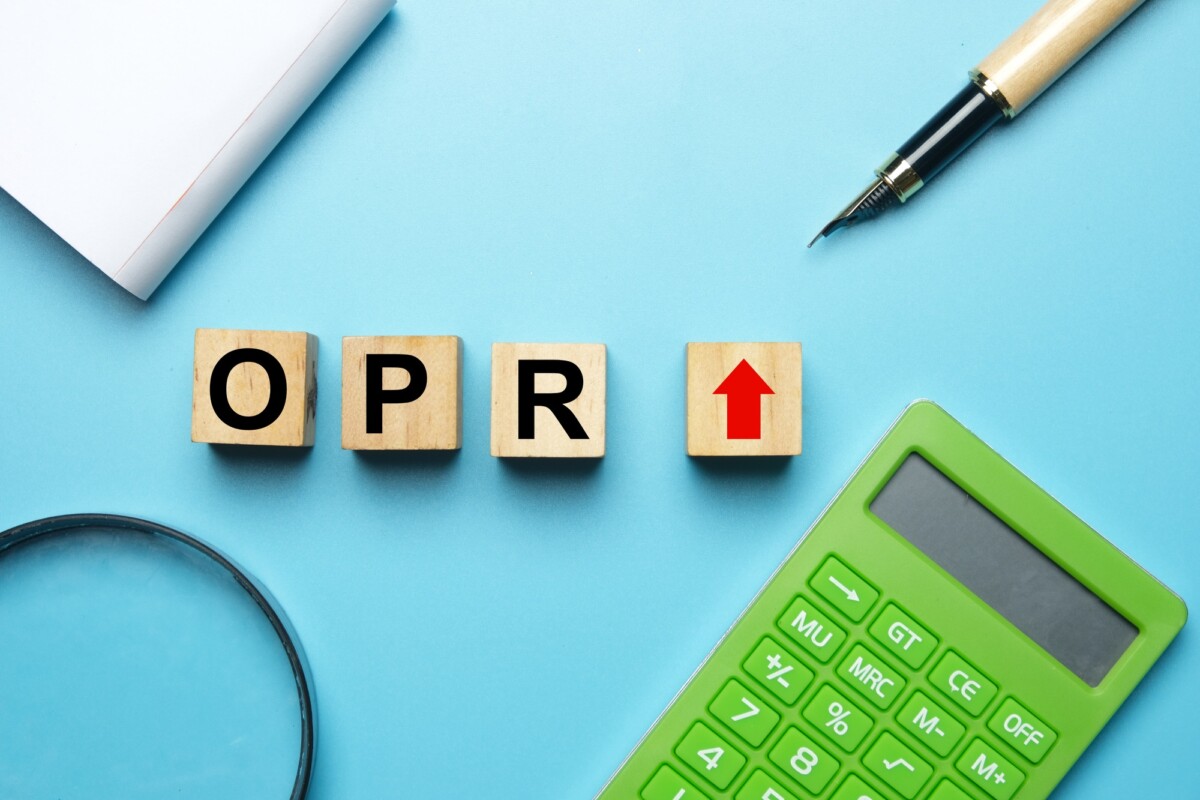Insurance Minimum Coverage Per Accident
Understanding the Basics: What Does ‘The Minimum Amount Your Insurance Must Cover Per Accident Is’ Mean?
In the world of auto insurance, understanding the phrase “The Minimum Amount Your Insurance Must Cover Per Accident Is” can be crucial.
The minimum amount your insurance must cover per accident is essentially the least amount of financial protection required by law. This ensures that, in the event of an accident, you have enough coverage to handle damages and injuries. Each state sets its own minimum requirements, which typically include liability coverage for bodily injury and property damage.
Key Components of Minimum Coverage
- Bodily Injury Liability: Covers medical expenses for injuries caused to others in an accident.
- Property Damage Liability: Pays for damage to another person’s property.
Understanding these components helps you evaluate if the minimum coverage is sufficient for your needs or if additional protection is necessary.
How State Laws Influence ‘The Minimum Amount Your Insurance Must Cover Per Accident Is’
State-Specific Insurance Requirements
Each state sets its own minimum insurance requirements, which dictate “The Minimum Amount Your Insurance Must Cover Per Accident Is.” These laws are designed to ensure that drivers have sufficient coverage to handle the financial consequences of an accident. However, the required amounts can vary widely, with some states mandating higher limits than others.
Factors Influencing State Insurance Laws
- Population Density: States with higher population densities often require more coverage due to increased accident risks.
- Traffic Patterns: Areas with heavy traffic congestion may impose higher minimums to account for frequent accidents.
- State Legislation: Local government priorities and historical accident data can shape insurance laws.
Why Understanding These Laws Matters
Being aware of how state laws affect “The Minimum Amount Your Insurance Must Cover Per Accident Is” helps you avoid penalties and ensures you are adequately protected. This knowledge empowers you to make informed decisions about your insurance policy, potentially saving you from financial strain in the event of an accident.
Why ‘The Minimum Amount Your Insurance Must Cover Per Accident Is’ Matters for Your Financial Security
When it comes to car insurance, understanding the minimum amount your insurance must cover per accident is crucial for safeguarding your financial well-being. Imagine being involved in an accident and discovering that your insurance coverage is insufficient to cover the damages. This scenario can lead to significant out-of-pocket expenses, potentially jeopardizing your financial stability. However, by ensuring that your policy meets or exceeds the minimum requirements, you can avoid such financial pitfalls and ensure peace of mind.
Understanding the Basics
- State Requirements: Each state has its own regulations regarding the minimum amount your insurance must cover per accident. Familiarize yourself with these requirements to ensure compliance and adequate protection.
- Liability Coverage: This is the portion of your insurance that covers damages to others. Ensuring it meets the minimum standards is essential to avoid personal liability.
Benefits of Adequate Coverage
Having the right amount of coverage not only keeps you compliant with state laws but also protects your assets. In the event of an accident, adequate insurance can cover medical expenses, property damage, and legal fees, preventing financial strain. Moreover, it provides peace of mind, knowing that you are protected against unforeseen incidents.
Comparing Coverage: How ‘The Minimum Amount Your Insurance Must Cover Per Accident Is’ Varies Across States
When it comes to auto insurance, understanding the minimum amount your insurance must cover per accident is crucial. This requirement varies significantly across states, creating a complex landscape for drivers to navigate. The problem is that many drivers are unaware of these differences, which can lead to inadequate coverage and financial risk. However, by comparing state requirements, you can ensure your coverage meets legal standards and protects you effectively.
Understanding State Variations
- Liability Limits: Each state sets its own minimum liability limits, which dictate the least amount of coverage you must carry. These limits typically cover bodily injury per person, bodily injury per accident, and property damage.
- No-Fault States: In no-fault states, drivers must carry personal injury protection (PIP) to cover their own injuries, regardless of who caused the accident.
Key Considerations
- Financial Protection: Meeting only the minimum requirements might not provide adequate protection in severe accidents. Consider higher coverage limits for better financial security.
- Legal Compliance: Ensure your policy complies with your state’s laws to avoid penalties and ensure valid coverage.
By understanding how the minimum amount your insurance must cover per accident is determined by state laws, you can make informed decisions about your auto insurance policy. This knowledge not only helps you stay compliant but also ensures you have the right level of protection for your needs.

Searching for affordable auto insurance? Head over to InsuranceShoppingto compare quotes and save on your policy! Have questions? Call us at 833-211-3817 for immediate assistance!
What Happens If ‘The Minimum Amount Your Insurance Must Cover Per Accident Is’ Isn’t Enough?
When it comes to auto insurance, understanding “The Minimum Amount Your Insurance Must Cover Per Accident Is” crucial. But what happens if this minimum isn’t enough? Imagine being involved in an accident where damages exceed your coverage. This scenario can lead to significant out-of-pocket expenses, potentially affecting your financial stability. However, there are ways to safeguard yourself from such financial pitfalls.
The Consequences of Insufficient Coverage
If “The Minimum Amount Your Insurance Must Cover Per Accident Is” falls short, you may face several challenges:
- Out-of-Pocket Expenses: You might have to pay the difference between the insurance payout and the actual costs.
- Legal Repercussions: In some cases, the other party may sue for additional damages.
- Financial Strain: Covering these costs can strain your finances, impacting savings and future plans.
How to Protect Yourself
To avoid these issues, consider these strategies:
- Increase Your Coverage: Opt for higher coverage limits to ensure adequate protection.
- Umbrella Policies: These provide additional liability coverage beyond your auto insurance.
- Regular Policy Reviews: Regularly review your policy to adjust coverage as needed, ensuring it aligns with your current financial situation and risk exposure.
Exploring the Consequences: When ‘The Minimum Amount Your Insurance Must Cover Per Accident Is’ Falls Short
Imagine cruising down the highway, feeling the wind in your hair, when suddenly, an accident occurs. Your heart races as you remember the phrase: The Minimum Amount Your Insurance Must Cover Per Accident Is. This minimum coverage might seem like a safety net, but what happens when it falls short? Let’s explore the potential consequences and how you can protect yourself.
Understanding the Basics
The Minimum Amount Your Insurance Must Cover Per Accident Is a legal requirement designed to ensure that drivers can cover basic damages in an accident. However, this minimum often only scratches the surface of potential costs. Medical bills, vehicle repairs, and legal fees can quickly exceed these limits, leaving you financially vulnerable.
The Real Costs of an Accident
- Medical Expenses: Even minor injuries can lead to significant medical bills, including emergency care, follow-up visits, and rehabilitation.
- Property Damage: Repairing or replacing a vehicle can be costly, especially if multiple vehicles are involved.
- Legal Fees: If the accident leads to a lawsuit, legal costs can escalate rapidly.
Protecting Yourself Beyond the Minimum
While The Minimum Amount Your Insurance Must Cover Per Accident Is provides a foundation, consider additional coverage options. Comprehensive and collision insurance can offer broader protection, ensuring you’re not left with unexpected expenses. Additionally, uninsured/underinsured motorist coverage can safeguard you against drivers who lack adequate insurance. Investing in these options can provide peace of mind and financial security.
How to Determine If ‘The Minimum Amount Your Insurance Must Cover Per Accident Is’ Sufficient for You
When it comes to car insurance, understanding “The Minimum Amount Your Insurance Must Cover Per Accident Is” can be confusing. Many drivers assume that meeting the state-required minimums is enough. However, this might not always be the case. Ensuring your coverage is adequate can protect you from unexpected financial burdens.
Assessing Your Coverage Needs
- Evaluate Your Assets: Consider the value of your assets. If you own a home or have significant savings, the minimum coverage might not be sufficient to protect you in a lawsuit.
- Consider Your Driving Habits: Frequent long-distance driving or commuting in high-traffic areas increases your risk of accidents, suggesting a need for higher coverage.
Potential Risks of Minimum Coverage
While “The Minimum Amount Your Insurance Must Cover Per Accident Is” might meet legal requirements, it often falls short in real-world scenarios. In the event of a severe accident, medical bills and property damage can quickly exceed minimum limits, leaving you financially vulnerable. Opting for higher coverage can offer peace of mind and financial security.
Benefits of Higher Coverage
- Comprehensive Protection: Higher coverage limits can protect against costly medical expenses and property damage.
- Legal Safeguards: Adequate coverage can shield you from lawsuits and potential wage garnishments.
By carefully evaluating your personal circumstances and potential risks, you can determine if “The Minimum Amount Your Insurance Must Cover Per Accident Is” truly meets your needs or if additional coverage is a wise investment.
The Role of Liability Insurance in Meeting ‘The Minimum Amount Your Insurance Must Cover Per Accident Is’
Liability insurance plays a crucial role in protecting you financially by covering the costs associated with accidents. “The Minimum Amount Your Insurance Must Cover Per Accident Is” ensures that you have adequate coverage to meet legal requirements and protect your assets. This coverage typically includes bodily injury and property damage, providing a safety net in unfortunate events.
Understanding Liability Insurance Requirements
- Bodily Injury Coverage: This covers medical expenses for injuries caused to others in an accident. Each state has its own minimum requirement, ensuring victims receive necessary care.
- Property Damage Coverage: This covers the repair or replacement of damaged property, such as vehicles or structures, ensuring you meet “The Minimum Amount Your Insurance Must Cover Per Accident Is.”
By meeting these minimum requirements, you not only comply with state laws but also protect yourself from potential lawsuits. It’s essential to review your policy regularly and adjust coverage as needed to ensure you’re adequately protected.
How InsuranceShopping Can Help You Understand ‘The Minimum Amount Your Insurance Must Cover Per Accident Is’
Navigating the world of insurance can be daunting, especially when it comes to understanding the minimum amount your insurance must cover per accident. This crucial detail can significantly impact your financial security and peace of mind. At InsuranceShopping, we simplify this complex topic, ensuring you are well-informed and confident in your coverage choices.
Understanding “The Minimum Amount Your Insurance Must Cover Per Accident Is” is essential for every policyholder. Each state mandates specific minimum coverage limits, which can vary widely. These limits are designed to protect you from financial liability in the event of an accident. However, deciphering these requirements can be challenging without expert guidance.
Key Aspects of Minimum Coverage
- State-Specific Requirements: Each state has unique minimum coverage laws. Knowing these can help you avoid penalties and ensure adequate protection.
- Financial Protection: Minimum coverage is designed to cover damages and injuries up to a certain limit, safeguarding your assets.
InsuranceShopping provides comprehensive resources and expert advice to help you understand these requirements. Our user-friendly platform offers detailed information tailored to your state’s regulations, ensuring you are always informed and prepared.
Future Trends: Will ‘The Minimum Amount Your Insurance Must Cover Per Accident Is’ Change?
In today’s fast-paced world, staying informed about insurance requirements is crucial. The minimum amount your insurance must cover per accident is a key factor in ensuring you’re adequately protected. However, with evolving regulations and societal needs, many wonder if these minimums will change. Let’s explore the future trends that could impact these requirements.
Economic Factors
- Inflation Impact: As inflation rises, the cost of repairs and medical expenses increase, potentially necessitating higher minimum coverage.
- Market Dynamics: Changes in the insurance market, driven by competition and consumer demand, might influence policy adjustments.
Technological Advancements
- Telematics: With the rise of telematics, insurers can offer personalized premiums, possibly affecting minimum coverage standards.
- Automated Vehicles: As autonomous vehicles become more common, liability and coverage requirements may shift.
Legislative Changes
- Policy Revisions: Governments may revise insurance laws to reflect current economic and technological landscapes.
- Consumer Advocacy: Increased consumer awareness and advocacy could push for higher minimum coverage to ensure better protection.
In conclusion, while the minimum amount your insurance must cover per accident is currently set, various factors could lead to changes in the future. Staying informed and adaptable will help you navigate these potential shifts effectively.
Take the next step toward affordable coverage. Visit NewAutoInsurance and get instant quotes that fit your budget and driving needs. If you’d like to speak with a representative, call us at 833-211-3817!
Explore InsuranceShopping to find a wide range of insurance options tailored to your needs.




